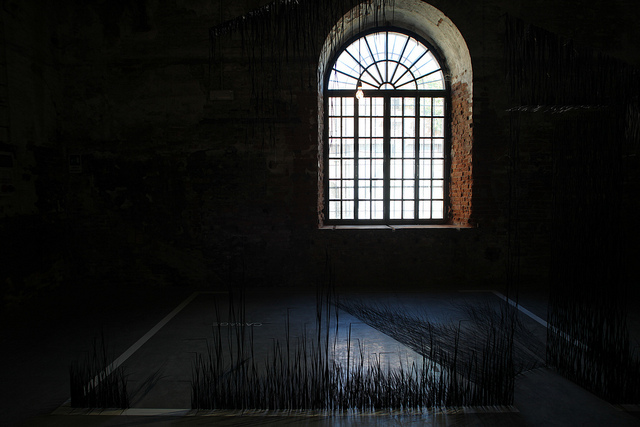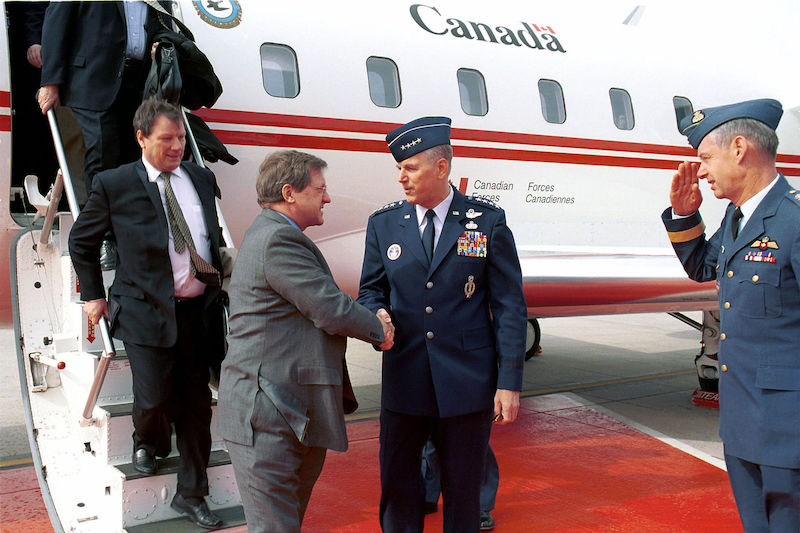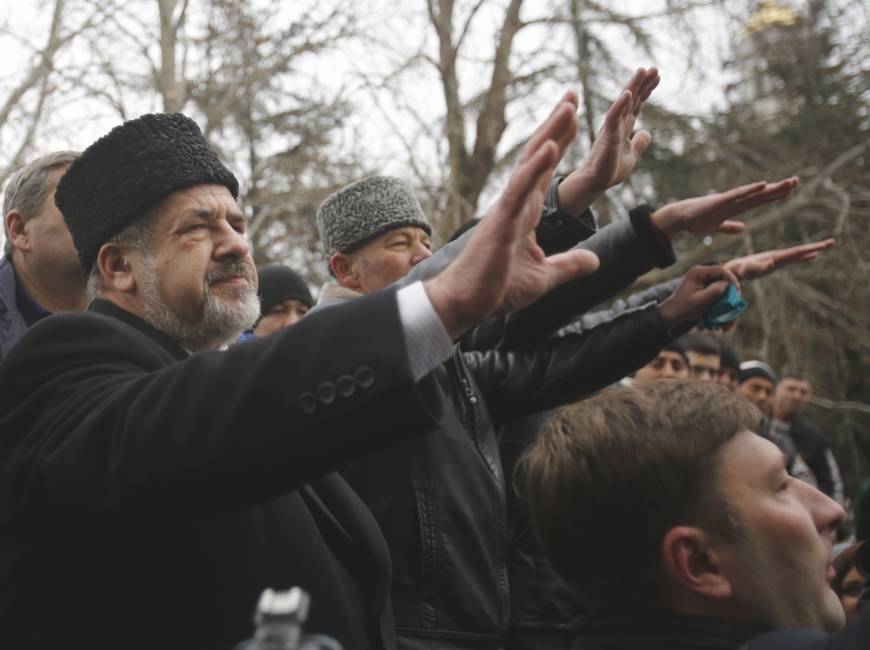Every two years for the last 120 years, the city of Venice has become an international art exhibit by way of the Venice Biennale. What makes the biennale unique has been its ability to mirror and reflect on political and cultural attitudes and realities of the time. Each state makes a contribution with a national pavilion, and each pavilion has explicit connotations to their geopolitical region. National pavilions often demonstrate characteristics and representations of that nation at that moment in history. The title of this year’s biennale is “All the World’s Futures.”
The biennales of the past have never been about art but, instead, have been more concerned with the “politics of the image.” While it is often difficult to describe and represent the global events and conflicts that inundate our everyday lives, art becomes a way to represent these in a distinctive way, and the biennale becomes a way to represent them from each nation’s perspective. This difficulty in describing conflict and war between intersecting cultures and nations is where art, and more specifically the biennale, can play a role. Ernst Ludwig Kirchner explained this role as an, “effort to find a visual or written idiom that could represent, even if inadequately, what by its very nature cannot be represented.”

Historically, the biennale has been a place where defining international events play out. At the 1909 Venice Biennale, Fillippo Marinetti dropped a manifesto from San Marco clock tower, what was the beginning of the Futurist movement, and the foundation of Mussolini’s war years. In 1934, Adolf Hitler overhauled the German pavilion in structure and aesthetic to reflect his new leadership style. At the 1964 biennale, in the midst of the Cold War, Robert Rauschenberg established the cultural shift in dominance of the US, and growing US power. In 1968, anti-establishment protesters in Venice reflected the international sentiment at the time against growing political repression and social conflicts. In 1970, Edward Rusha’s “The Chocolate Room” used sheets of silk-screened chocolate to carve anti-war messages, in light of the ongoing war being waged in Vietnam.
Under the artistic direction of Okwui Enwezor, this year’s biennale will have a certain focus on the global economy. Enwezor has invited “defiant” artists who can mock and disapprove the global financial establishment. Accordingly, in the exhibit’s room at the Palazzo delle Esposizioni, actors will read out Karl Marx’s “Das Kapital.” And, in most euro-zone countries’ pavilions, there is a common reflection of the anxieties and concerns of the ongoing European debt crisis. Greece’s pavilion, in particular, includes a wall of text on alternative currencies, and a three-part film of a woman making bouquets of flowers out of euro notes.
Iceland’s pavilion is an art installation in the form of a functioning mosque made inside an unused Catholic church. The artists did so “to highlight the absence of a mosque in the historic center of Venice, a city whose art and architecture were deeply influenced by Islamic trade and culture.” This exhibit represents the growing concern among Europeans of the “infiltration” of Muslim worship and culture in Europe as the migrant crisis continues.

Mozambique’s pavilion includes a “gun throne” sculpture made with decommissioned weapons from the tonnes of armaments left behind after the 1977 civil war. In a similar reference to history, Germany and France traded pavilions for the anniversary of the 1963 Treaty of Friendship signed by Charles de Gaulle and Konrad Adenauer. Both instances reflect the way the biennale can represent international co-operation as well as international conflict.
From economic crises to international co-operation, the biennale is a place where art can begin, or at least attempt, to represent and reflect upon the uncertainties and inconsistencies in international politics.




